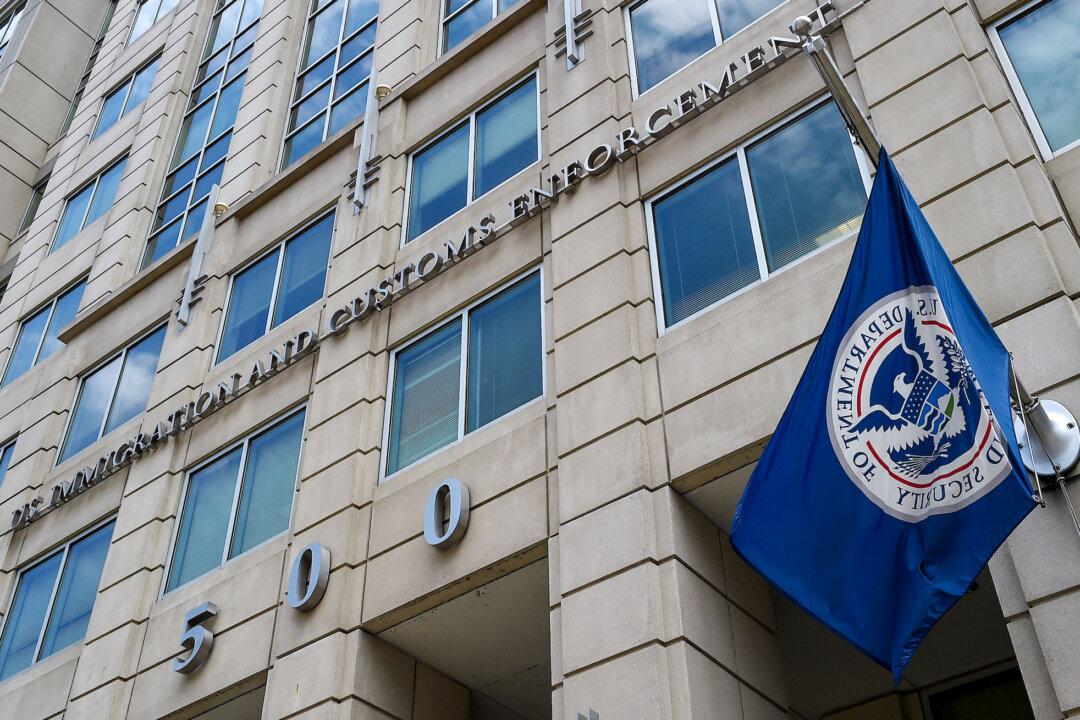The first Supplemental Security Income (SSI) direct payments of the year are set to be paid out on Feb. 1, with qualifying recipients expecting checks of up to $914.
But when the first day of the month falls on a weekend or holiday, the Social Security Administration (SSA) sends out the SSI payments on the last business day of the prior month, which is what happened with the January disbursement, which was paid out in December.
Couples eligible for the SSI are now receiving up to $1,371 per month, up from $1,261 last year.
Essential persons, defined as those who live with SSI recipients and provide them with needed care, receive $458 per month.
Countable Income
For purposes of calculating the amount of SSI benefit payments, countable income is defined as income or items that an individual receives that can be used to obtain food and shelter. This includes earned income, like wages, earnings from self-employment, or royalties.It also includes unearned income, which are things like pensions, interest and dividends, and pensions. In-kind income, which is food and shelter that is given for free or for less than market value, also qualifies as countable income.
On the other hand, if someone receives free medical care, or if someone pays that person’s medical bills, this is not considered countable income. What’s more, some items that are considered countable income are excluded from SSI payment calculations.
In general, the more countable income someone has, the lower their SSI payment.
First Retirement Payment Arrive In 7 Days
The SSA will start distributing February’s retirement payments starting on Feb. 8These benefits, which are worth up to $4,555, are disbursed in several waves in a given month, depending on when recipients were born.
For many years, the full retirement age, also known as “normal retirement age,” was 65. But this was changed by Congress in the 1980s because people are generally living longer. Starting with people born in 1938 or later, the relevant legislation gradually increased the retirement age by a few month for every birth year. For those born in 1960 and later, the full retirement age is 67.





